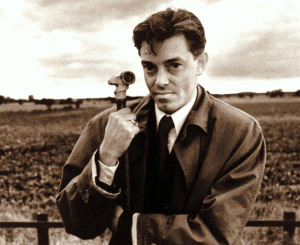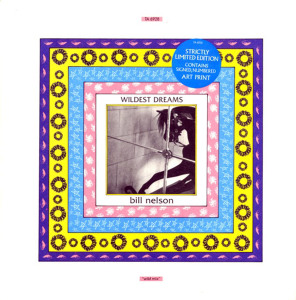(EMI RECORDS/CAPITOL RECORDS; 2004) A REVIEW FROM THE VAULTS
So, it’s somewhere around the middle part of 1977 and I’m in the “I’ll buy virtually anything that ain’t disco or Country and Western music” mode that typified my life for several regrettable years (with wisdom and age, I’ve repented/recovered from that dark period, except for the disco… that’ll always suck!). While deciding on which 8 to 10 albums to buy on this particular day, I came across a two record set (one full-length album, one 12″ EP) with a striking black and white cover – a still from the classic silent German flick, METROPOLIS. The price was right, so I was soon the proud owner of LIVE! IN THE AIR AGE by something called Be Bop Deluxe. I’d seen a couple of studio albums by the group, of course, but I just could not get behind that name (or the inexplicably hideous cover art or… perhaps it was a deep-seeded fear of Jazz music, another of my quirky phobias of that bygone era)! But, great googley-moogley, chil’uns! When I dropped the needle on side one, track one (“Life In the Air Age”), my brain nearly exploded! This was great stuff… incredible stuff. “Adventures In a Yorkshire Landscape.” “Fair Exchange.” “Piece of Mine.” “Maid In Heaven.” These were absolutely magnificent slabs of sonic beauty, propelled by the lush, orchestral guitar style of Bill Nelson, the mad genius behind the quartet’s sound.
It was a VERY long time before I came into contact with another Be Bop Deluxe record (though I did purchase a couple of great imports by the then-solo Bill Nelson) – in fact, the band only managed one more album, DRASTIC PLASTIC, before packing it in. Now, a band of which Nelson says, “I don’t think about Be Bop Deluxe as often as fans of the band might presume,” is given its due with this 18-track “Best of… ” package alongside re-issues of the original five studio albums and LIVE! IN THE AIR AGE (all with bonus tracks, naturally). Does it sound dated? Not as much as you’d think! In fact, I could think of a few current artists who would be regarded as the next big thing if they had recorded this stuff in the past couple of years.

This 18 track collection starts with the title song of the very first Be Bop Deluxe album. “Axe Victim” is rather a lost gem, full of the lyrical wryness and imagery that became a main-stay of not only this band, but of all of Bill Nelson’s subsequent projects (solo or with the group Red Noise). Of course, the benchmarks of Be Bop Deluxe were always Nelson’s guitar work and the solid interplay between the four men (on AXE VICTIM, Nelson was joined by guitarist/organist Ian Parkin, drummer Nicholas Chatterton-Dew, and bassist/vocalist Robert Bryan). The second track, also from that debut, “Adventures In a Yorkshire Landscape,” is fueled by Nelson’s ingenious arrangement (and a smoking guitar solo). The tune would later be retooled for the second version of the band, turning it into an almost orchestral live masterpiece.
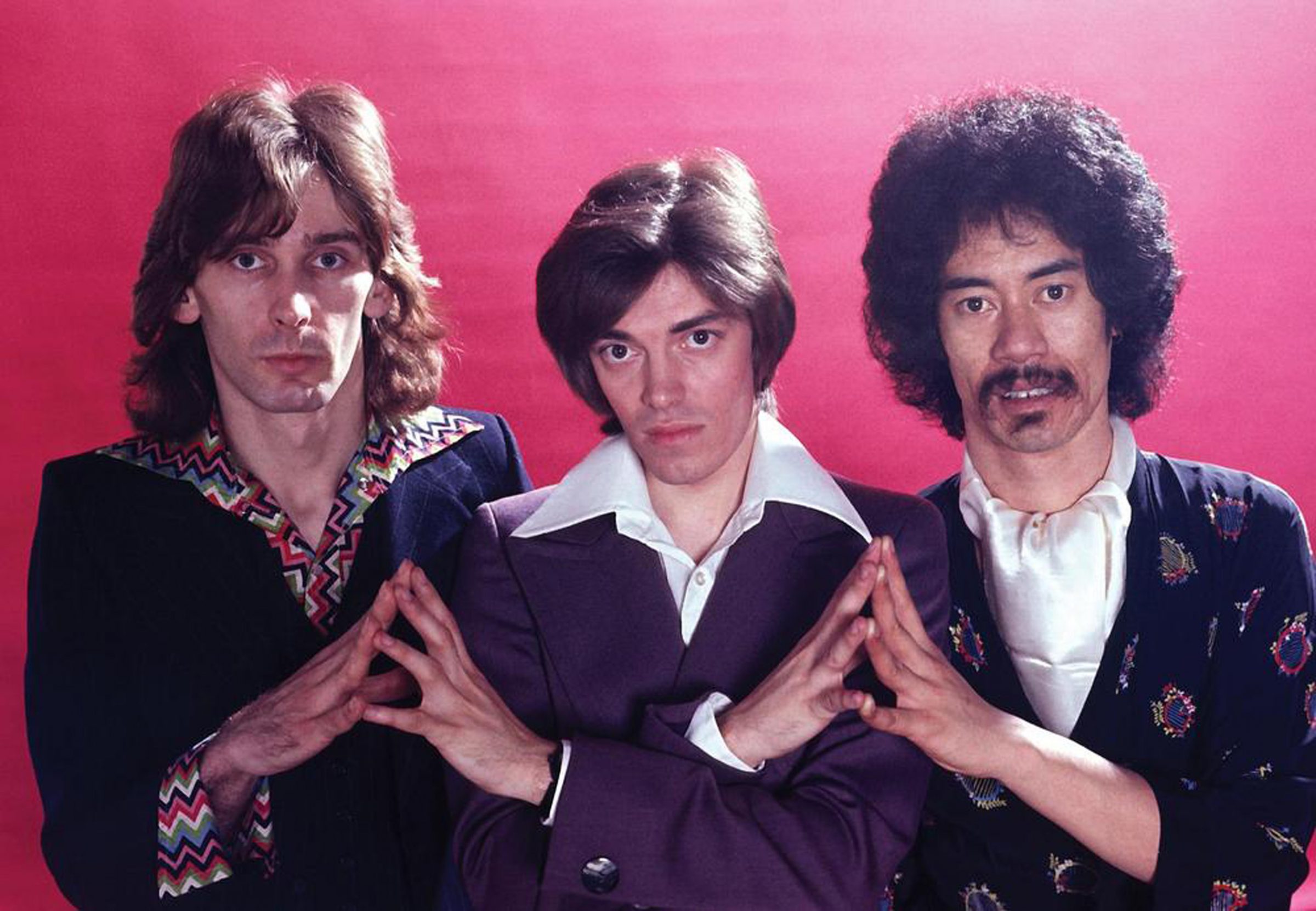
The band’s second album, 1975’s FUTURAMA, introduces drummer Simon Andrew David Fox and bassist Charlie Tumahai, with Nelson exerting his dominance on all fronts: all lead vocals, guitars, and keyboards are performed by him; all songwriting and arrangements are by him. FUTURAMA is the most well-represented release on POSTCARDS… , with four tracks (“Stage Whispers,” “Sister Seagull,” “Jean Cocteau,” and the wickedly cool “Maid In Heaven”). The wisdom of adding Tumahai and Fox is evident from the first notes of the charging train wreck that is “Stage Whispers.” The funky calypso break merely adds to the insanity, and – if I haven’t mentioned it yet, Bill Nelson can play that guitar thing! “Maid In Heaven” follows. Like “Adventures In a Yorkshire Landscape” and the song that follows, “Sister Seagull,” this tune became a live staple, taking on a new feel with the addition of Simon “Andy” Clark on keys. Speaking of “Sister Seagull,” again the guitars and the arrangement sets Nelson and Be Bop Deluxe apart from most acts of that time (or, for that matter, most acts that have followed in the 30 years since its release). The final track from FUTURAMA is a jazzy homage to “Jean Cocteau.” The song is a major departure for the group, but the trio show that they are more than capable of pulling off such a change of pace.

By the time of the band’s third record, SUNBURST FINISH, Clark was well ensconced on keyboards. His impact is immediately felt on another live staple (and quite possibly the one song that you may have heard on the radio at some point), “Fair Exchange.” The interplay between guitarist and keyboardist on this track is a good example of the direction that the band was headed. Plus, it’s just a darn good song! “Ships In the Night” builds on the slightly Caribbean feel that was first explored during the break in “Stage Whispers.” The keyboards are, by turns, grandiose and whimsical… not an easy feat in the same song! “Blazing Apostles” re-introduces us to Bill Nelson, guitar hero. During the four-and-a-half minutes of the song, Nelson goes from metal crunch to jazzy runs to strident funk to fleet-fingered progressive solos.

The group’s second release of 1976 (and fourth, over-all), MODERN MUSIC, finds the revitalized quartet performing as a more cohesive unit, though it is still quite obvious that Nelson is pulling all of the strings. “Kiss of Light” could have (should have) been a big hit back then; it would probably be a big hit if it were to be released today, with its rather staccato vocal delivery, especially on the chorus. The title track is as laid-back as Be Bop Deluxe ever got, with a lilting, slightly bluesy sound. “Twilight Capers” continues the orchestral approach that was adopted on the previous record, with guitars and keyboards ebbing and swelling throughout, leading to a short Jazz-inflected guitar solo at the outro. This is the band and the musical vision that Nelson took on the road, with the tour that eventually produced the amazing LIVE! IN THE AIR AGE.
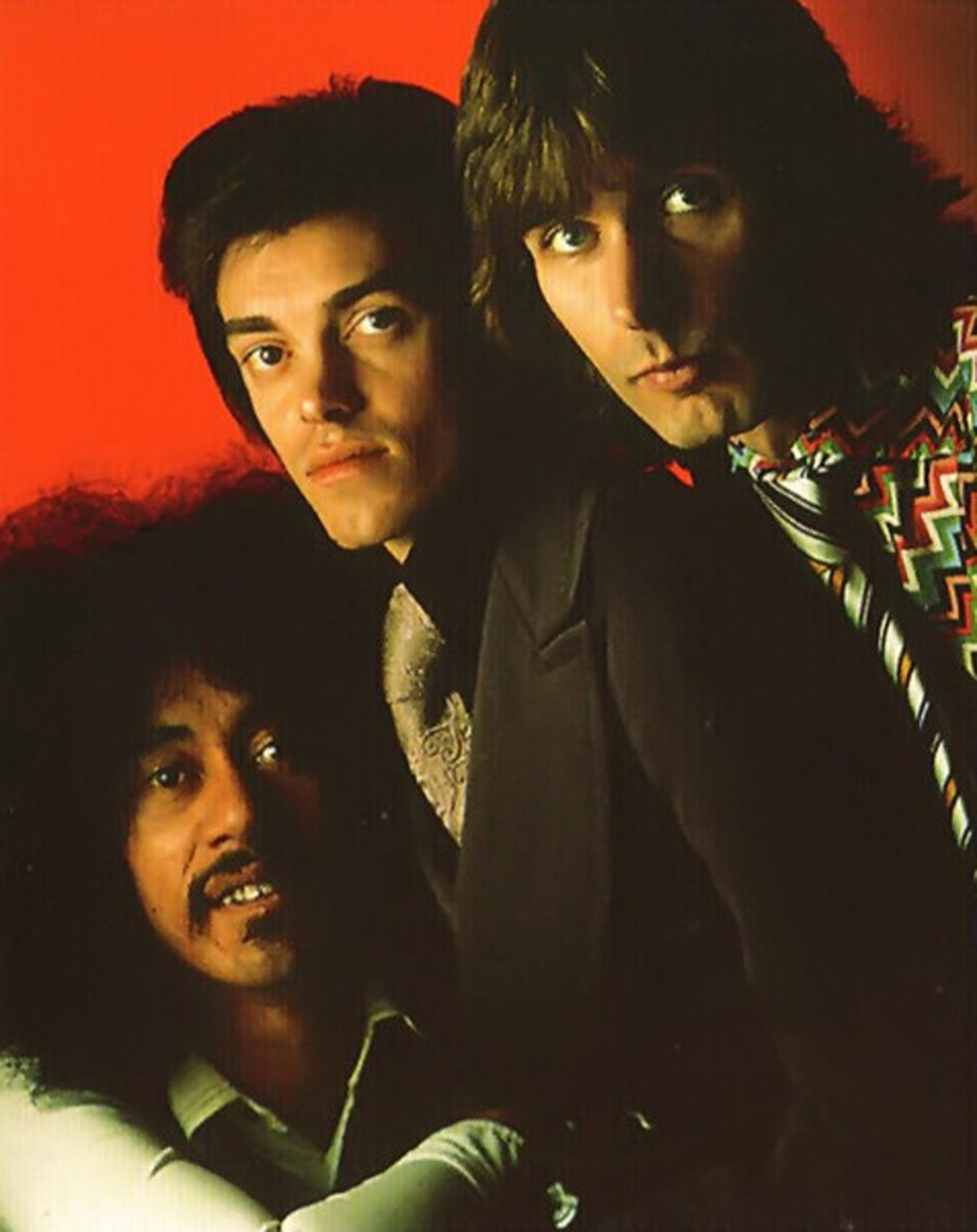
And this is where the continuity of this release comes into question: The single tune from the live album, “Life In the Air Age,” the title track, if you will, does not follow “Twilight Capers.” Three songs from the group’s final release, DRASTIC PLASTIC, is wedged between the MODERN MUSIC and LIVE! IN THE AIR AGE tracks. The tunes – “Electrical Language,” “Possession,” and “Islands of the Dead” – are fine songs, but it is very obvious that Nelson was tiring of Be Bop Deluxe and guitar-driven rock music. “Electrical Language” is powered more by the vocal performances than by guitar (or keyboards), while “Islands of the Dead” is a rather thoughtful, mostly acoustic piece. “Possession,” of the three, is the closest to what fans had come to expect from Be Bop Deluxe’s grand wizard of the nicely turned phrase (of both word and fretboard).
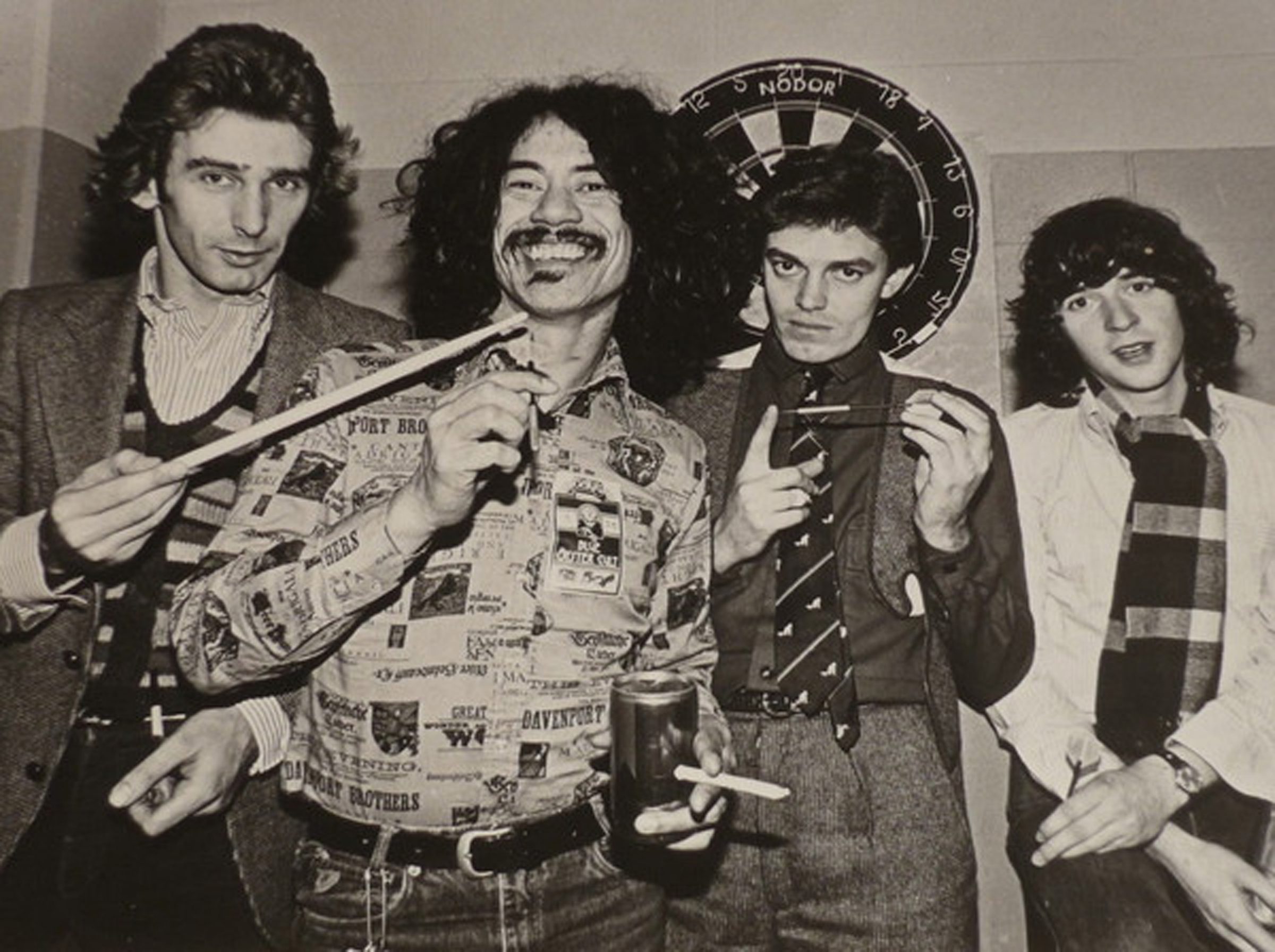
“Life In the Air Age,” a track from SUNBURST FINISH, bears witness to just how great this group was as a live unit. The song itself is a progressive pop masterpiece and the band certainly prove their mettle in bringing it to life on stage. As good as they were in the studio, the fact that they were able to improve on those studio versions is a testament to the combined talents of the four musicians, and the arranging acumen of Bill Nelson, in particular. The final two tracks of the package brings it full circle (another continuity issue), with both the A and B sides of the first Be Bop Deluxe single, the independently produced and released “Teenage Archangel” and an early version of “Jets At Dawn,” a tune re-recorded for AXE VICTIM. The A side is, actually, a fairly standard sounding teenage-angst pop song. The B side, however, clocks in at nearly seven minutes and features some of the most exquisite guitar on this package. I just wish that the single tracks would have been sequenced as the lead tracks on this package, even though they were tack-on, bonus cuts for this version of POSTCARDS FROM THE FUTURE. Ah, well… you can’t have everything, but you can have a fairly comprehensive Be Bop Deluxe primer to hold you over until the proposed box set that Bill Nelson is reportedly working on.
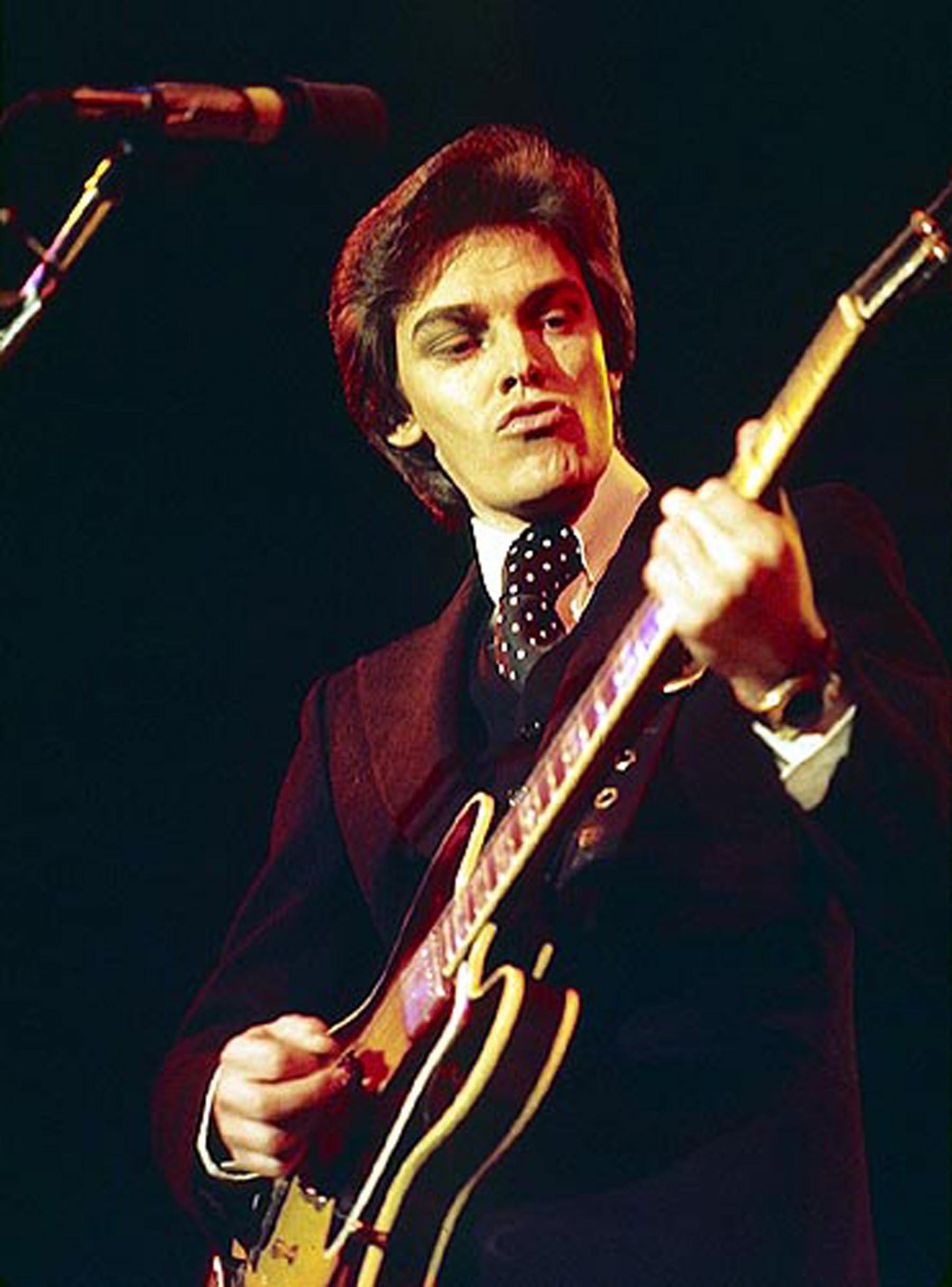
UPDATE: Bill Nelson’s eight-disc box set, THE PRACTICE OF EVERY DAY LIFE: CELEBRATING 40 YEARS OF RECORDINGS was finally released in 2011, featuring 34 choice cuts from the Be Bop Deluxe era. Aside form various compilations and reissues, Nelson continues to set a furious pace, releasing no less than four albums of new music this year alone. The last,DYNAMOS AND TREMOLOS is half synth-pop, half guitar rock, all instrumental.





